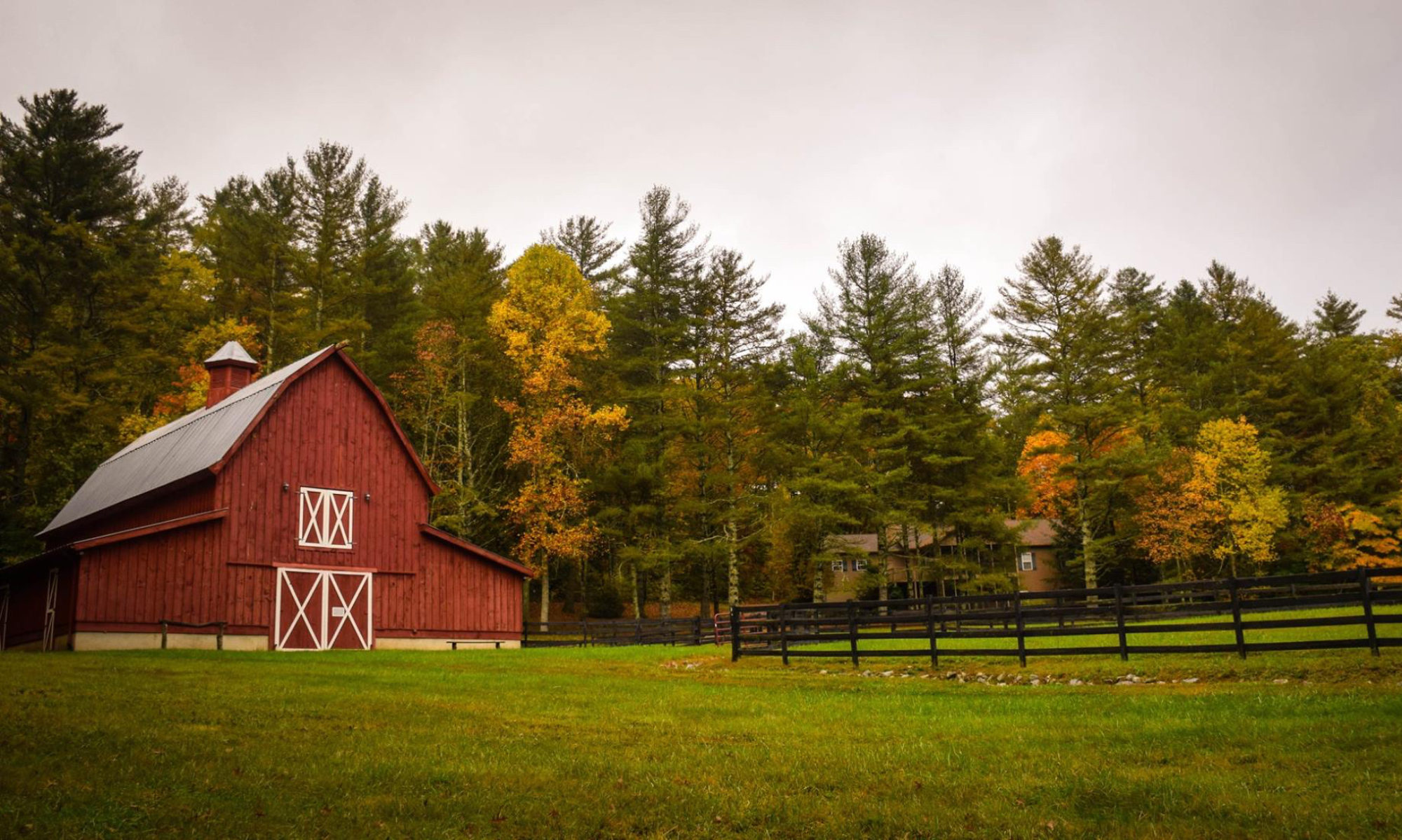This recent story in the Des Moines Register reported the following.
In Iowa, we’ve always been able to take for granted that the land will provide.
But think about this: Almost half of the state’s farmland is owned by people older than 65. A quarter belongs to people over 74.
As much as 50 percent of the state’s farmland must be sold or passed on in the next 10 to 15 years.
“What is occurring in Iowa is occurring across much of the country,” said Michael Duffy, an economist who tallied the figures for a 2002 survey of farmland ownership at Iowa State University.
Iowa and other Midwestern states will be forever changed by the transference of that much farmland. An unprecedented proportion of farmland owners won’t live in rural areas anymore; thousands, in fact, won’t live within the state.
More than nostalgia is at stake.
A couple of things made this report hit home for me. First, I grew up on a relatively small family farm in northwest Iowa. Second, I just returned from driving home across the great plains of Montana, and in particular the golden (wheat) triangle.
Montana’s wheat belt appears to have undergone significant change in recent years. As I drove aimlessly down mile after mile of gravel road southeast of Shelby only a few houses broke the proverbial amber waves of grain. About three fourths of these houses were abandoned. Now, I am used to seeing abandoned houses in rural areas, but what struck me about Montana’s wheat country was that a large percentage of the abandoned houses seemed to have been abandoned in just the last 10-15 years. Abandoned farmsteads in other parts of the country have been empty much longer.
It was harvest time, and wheat fields hosted trios of large combines moving across them. In one particular case each of three combines was buttressed by a grain truck or wagon. Campers sat at the edge of some of the fields, and fuel trucks delivered petroleum to the fields. It took me a bit to put it all together. The fuel trucks were required because the nearest farmsteads were much too far away to fetch fuel from, and the campers provided a place for these laborers to sleep.
Back on the interstate headed for Wyoming we repeatedly passed harvester crews headed for the field. A crew typically consisted of two or three grain trucks, three combines being pulled on flatbeds, and often a camper all traveling as a group down the road. These crews (presumably custom operators and not just local farmers) can move across wheat country harvesting thousands of acres at a time, and leaving little reason for anyone to occupy the remaining farm houses.
Wheat country has always been more well suited to this type of industrialization, but corn and soybean territory, like my home state of Iowa, is by no means immune to the trend.
With nearly half of all farmland in Iowa owned by people over 65, and no clear new generation of farmers there is reason for grave concern.
I return not with renewed hope, but at least with a renewed sense of urgency for the battle that must be fought if the future of our farm and rural communities is to be anything but dim.
Indeed, “More than nostalgia is at stake.â€

I was wondering if I may be able to get some pictures of some of the abandoned farms in Montana. I think history shold be restored and that’s what I intend to do. Thank you for your time,
Orin and Kristine Blasi